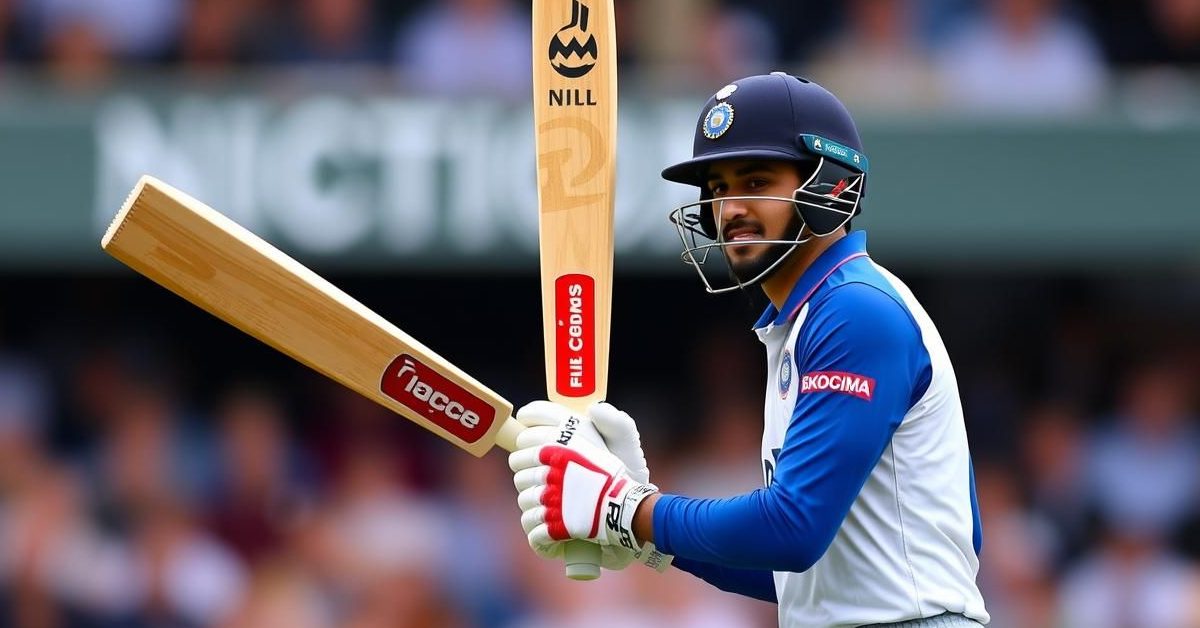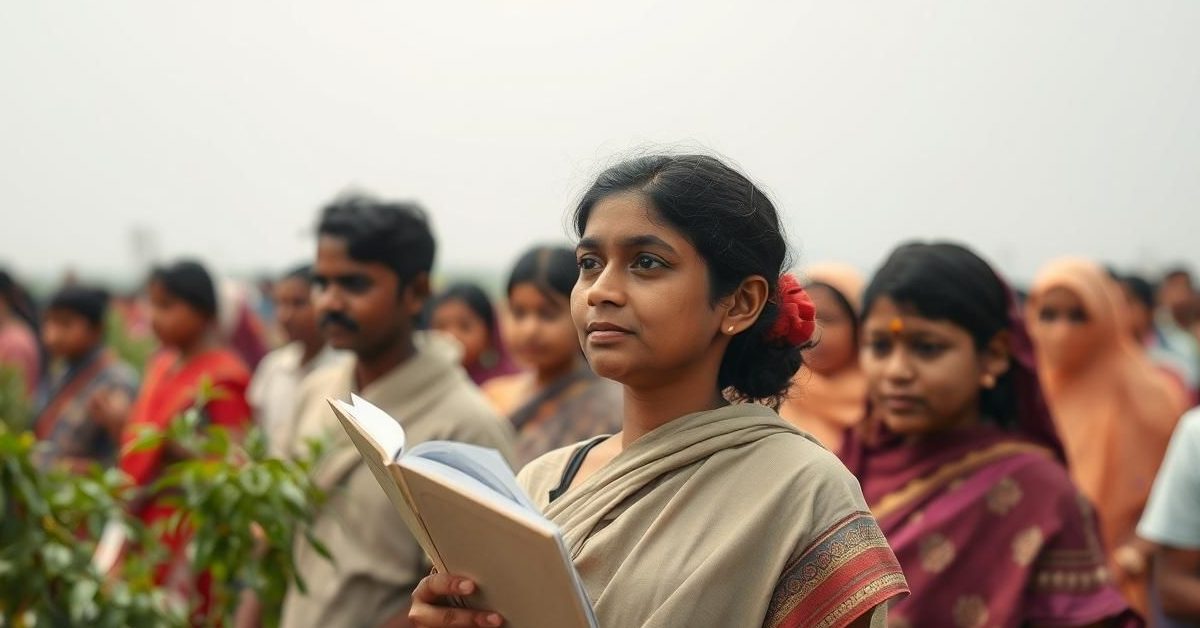The silver screen often promises dazzling dreams and eternal glamour. Yet, beneath its shimmering facade, a darker narrative sometimes lurks – tales of lives tragically cut short, dreams shattered before their prime. Such was the fate of South Indian actress Rani Padmini, a star who, despite a brief but impactful career, vanished from the firmament in a manner as shocking as it was sorrowful.
Known predominantly for her work in Malayalam cinema, Rani Padmini captivated audiences for merely five or six years. Her magnetic screen presence was undeniable, often amplified by a remarkable willingness to embrace glamorous roles and seemingly push conventional boundaries, forging a path uniquely her own. Today, however, her enduring memory is tragically intertwined not just with her films, but with the chilling circumstances of her untimely demise.
Early Life and Cinematic Aspirations
Born in 1962 in Anna Nagar, Chennai, to Chowdhary and Indira Kumari, Rani Padmini’s destiny in the world of cinema seemed predetermined, almost inherited. Her mother, Indira, harbored deep aspirations of becoming a movie star herself. Despite relocating to Madras (now Chennai) in pursuit of that very dream, fate had other plans for Indira Kumari.
While working as a dubbing artiste, Indira grew close to Chowdhary, and Rani was born and raised entirely in Chennai. Though Indira’s own attempts to break into the film industry remained unsuccessful, her fervent desire found a new, powerful focus: her daughter. Rani became the vessel for her mother’s unfulfilled cinematic dreams, a motivation that would propel them both forward.
According to reports from *Manorama Online*, by the time Rani was a teenager, Indira, recognizing her daughter’s striking beauty, made a bold move. They relocated to Mumbai with the singular goal of seeing Rani shine as a lead actress in Bollywood. Despite their earnest efforts, the anticipated opportunities failed to materialise.
Undaunted, Indira brought her daughter back to the South, redirecting their focus to regional cinema. Soon, Rani made her Malayalam debut in director Mohan’s 1981 film, *Kathayariyathe*. That same year saw her appear in other notable films like *Thenum Vayambum*, *Thushaaram*, and *Parankimala*. However, it was *Sangharsham* (1981), featuring a particularly controversial scene where her character faced brutal assault by the villain, portrayed by Balan K Nair, that truly brought her into the limelight and solidified her image as an actress unafraid to challenge norms.
A Rapid Ascent and a Fateful Decision
Between 1981 and 1986, Rani Padmini’s career truly flourished, encompassing approximately 61 films across Malayalam, Tamil, and Kannada cinema. It’s said that Indira Kumari actively conveyed to directors her daughter’s readiness to take on roles requiring “exposure,” a strategy that indeed led to a flood of opportunities. As wealth and fame accumulated, the mother-daughter duo settled into a lavish rented bungalow on 18th Avenue in Anna Nagar, Chennai.
Feeling financially secure and settled, they decided to expand their household, seeking domestic help to manage their new, opulent lifestyle. This seemingly innocuous decision – to hire household staff – would, in retrospect, prove to be the most catastrophic choice of their lives. They placed advertisements in leading newspapers, seeking a watchman, a cook, and a driver.
The first to join their employ was Jebaraj, who took on the role of their driver. In the days that followed, *The Hindu* reported that two more individuals were brought on board: Lakshmi Narasimhan as the watchman and Ganeshan as the cook. Little did Rani and Indira know that they were inviting grave danger into their home.
The Gruesome Discovery: Rani Padmini and Her Mother Murdered
At the zenith of her flourishing career, a profound silence fell over Rani Padmini’s world. On the afternoon of October 19, 1986, a horrifying discovery was made: Rani Padmini, at just 24 years old, and her mother, Indira Kumari, had been brutally murdered. The tragedy was compounded by the fact that their bodies were found in an advanced state of decomposition, indicating the heinous crime had taken place days earlier.
Adding to the grim scene, Rani’s imported Nissan car, a prized possession she had acquired in Mumbai, was missing from the garage. So too were the driver and one of the household helps. The murders occurred just as the mother-daughter pair were on the verge of finalizing the purchase of their Anna Nagar bungalow, a testament to their hard-earned success.
The aftermath was equally heartbreaking. For ten agonizing days, the bodies of Rani Padmini and Indira Kumari remained unclaimed in the general hospital mortuary, a stark and desolate end for individuals who had lived lives of such public prominence, until Indira’s brother eventually arrived to identify them.
The Investigation Unravels a Sinister Plot
The police investigation swiftly commenced, piecing together the fragmented clues. Their conclusion pointed to Jebaraj, the driver, as the primary orchestrator, working in concert with Lakshmi Narasimhan and Ganeshan. The motive, chillingly simple yet devastating, was monetary gain. It was revealed that Rani and her mother had made a critical oversight: they had hired these individuals without conducting any proper background checks.
Further investigation exposed Jebaraj’s unsavoury past, linking him to numerous vehicle theft cases. A more personal element also emerged: Indira Kumari had reportedly slapped Jebaraj after he misbehaved with Rani, sternly instructing him not to return to work. This act, police believed, fueled a simmering animosity, driving him to conspire with his accomplices.
On the fateful day of the murders, Rani and Indira had withdrawn a significant sum of money from the bank, intended for the bungalow deal. The three accused, having learned of this withdrawal, allegedly decided to execute their deadly plan, not only for the cash but also for the valuable jewellery the women possessed. According to *Manorama Online*, Rani and Indira had a habit of drinking before bed, and on that tragic night, they followed their routine.
What transpired in the quiet hours of that night was a scene of unspeakable horror. The next morning, Rani awoke feeling hungry and headed to the kitchen. It was there that Jebaraj, who had been lying in wait, launched his attack, stabbing Indira to death. Rani, hearing her mother’s desperate screams, rushed to the scene only to be confronted with a horrifying sight. She attempted to escape, but was tragically overpowered. Her body bore the brutal evidence of 12 stab wounds across her stomach, neck, and chest, while her mother’s body had 14.
Justice and Its Complex Path
Though the accused initially managed to flee the scene, their freedom was short-lived. They were eventually apprehended, bringing a glimmer of hope for justice. In March 1989, a district sessions court delivered its verdict, sentencing Jebaraj, Lakshmi Narasimhan, and Ganeshan to death for the gruesome murders of Rani Padmini and her mother.
However, the legal journey was far from over. The Madras High Court later acquitted Lakshmi Narasimhan and Ganeshan, while commuting Jebaraj’s death sentence to life imprisonment. This decision, however, was not the final word. The Supreme Court eventually intervened, restoring Lakshmi Narasimhan’s conviction for murder, though his sentence was also commuted to life imprisonment. Ganeshan, the third accused, vanished after his acquittal by the High Court, his whereabouts unknown.
Years later, a twist in the tale emerged: Lakshmi Narasimhan was eventually released from prison by 2008, having served seven years and thus becoming eligible for premature release under a state scheme. Jebaraj, the primary perpetrator, reportedly died while still in prison. Rani Padmini’s tragic story stands as a haunting testament to the fragility of life, particularly for those whose existence is intertwined with the dazzling, yet often perilous, world of cinema.













